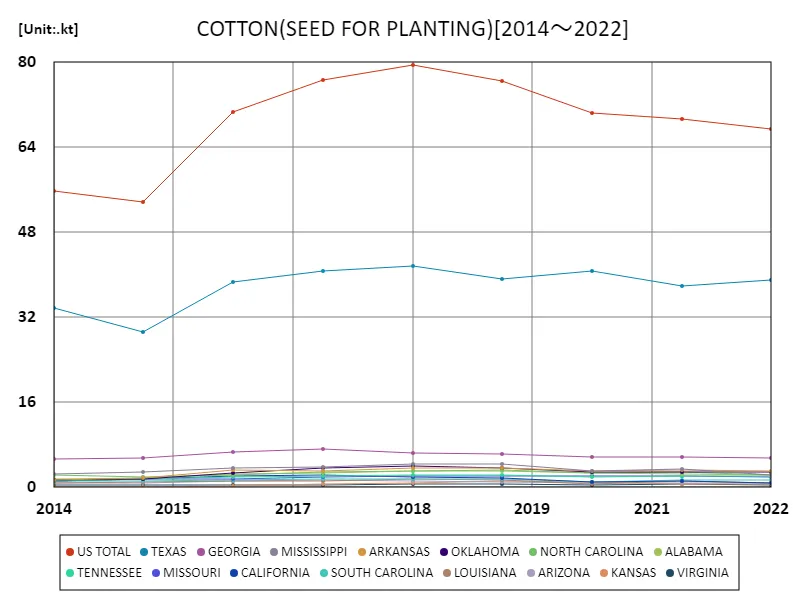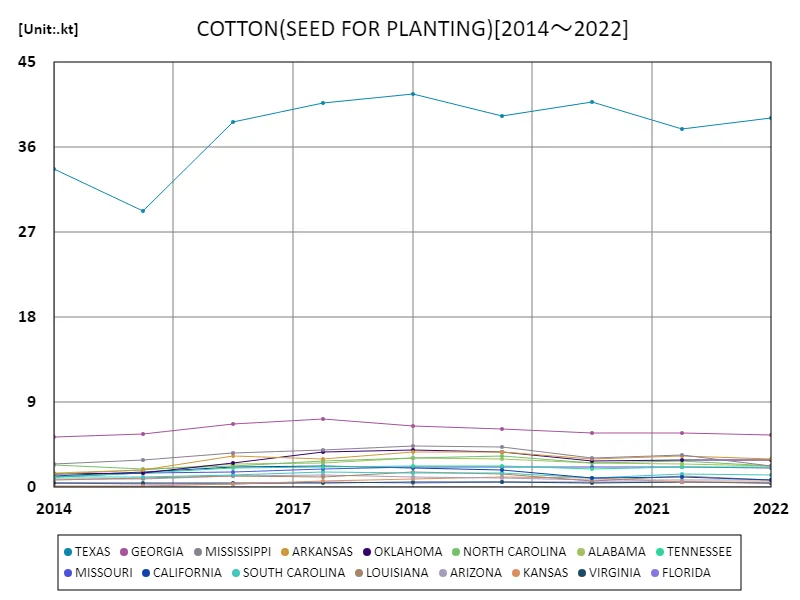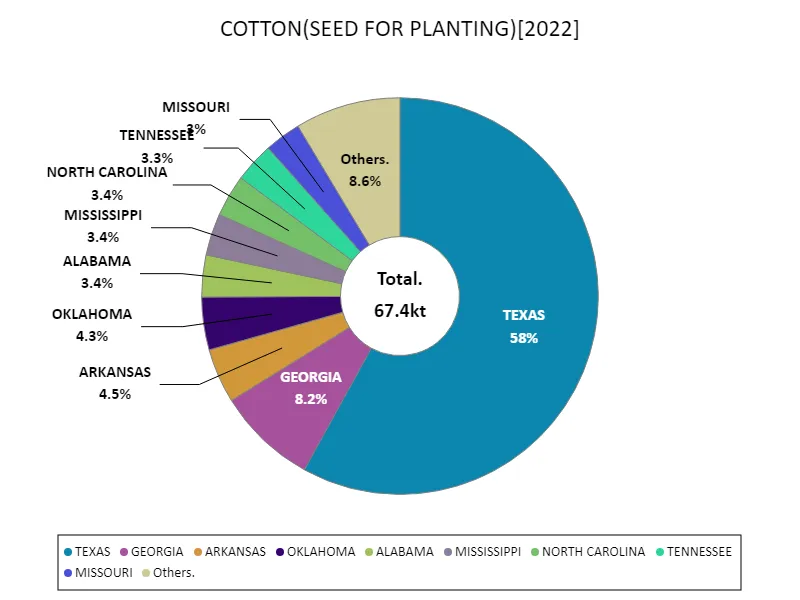Abstract
In recent years, the U.S. sugarcane crop has shown notable fluctuations, with a total of 32.1 million tons (Mt) harvested in 2023, reflecting a gradual increase in production. Historically, Florida and Louisiana dominate U.S. sugarcane cultivation, driven by favorable climates and soil conditions. The U.S. production has benefited from advancements in agricultural technology and practices, enhancing yield efficiency. Globally, sugarcane remains a crucial crop, with Brazil leading production, highlighting significant regional variations. Trends indicate a shift toward more sustainable practices, responding to environmental concerns and market demand for ethically sourced sugar. Overall, U.S. sugarcane reflects both local agricultural resilience and global market dynamics.
Annual yield of sugarcane
The U.S. sugarcane crop has exhibited significant growth and resilience over the years, peaking at 34.3 million tons (Mt) in 2020. As of 2023, production reached 32.1 Mt, representing 93.5% of this peak. Florida and Louisiana remain the primary contributors, benefiting from optimal growing conditions and advanced farming techniques. Historically, U.S. sugarcane production has seen fluctuations due to weather, market demand, and agricultural practices. Recent trends emphasize sustainability, with growers adopting eco-friendly methods to meet consumer expectations. Overall, the U.S. sugarcane industry reflects a blend of historical significance and adaptation to modern agricultural challenges.


The maximum is 79.5kt[2018] of US TOTAL, and the current value is about 84.8%
Annual sugarcane yield (50 US states)
The U.S. sugarcane crop has seen notable developments over the past century, with Florida leading production. The highest yield recorded was 18.1 million tons (Mt) in 2020, showcasing the state’s optimal growing conditions and advancements in agricultural practices. Currently, Florida’s production stands at 95.8% of this peak, reflecting a strong recovery post-2020. The industry has adapted to challenges like climate variability and market fluctuations by embracing sustainable farming techniques. Additionally, increased emphasis on environmental stewardship has shaped production strategies. Overall, Florida’s sugarcane sector exemplifies resilience and innovation within the broader agricultural landscape.


The maximum is 41.6kt[2018] of TEXAS, and the current value is about 94%
Annual sugarcane yield (50 US states, latest year)
In 2023, the U.S. sugarcane crop reached a total of 32.1 million tons (Mt), with Florida contributing a significant 17.4 Mt, reflecting the state’s leading role in production. This figure surpasses the historical average of 10.7 Mt, indicating a strong recovery and growth trajectory for the industry. Florida’s favorable climate and innovative farming practices have driven these increases, alongside improvements in crop management and technology. As the industry navigates challenges such as climate change and market dynamics, there’s a growing focus on sustainability and environmental responsibility. Overall, the U.S. sugarcane sector demonstrates resilience and adaptability in meeting both domestic and global demands.


The maximum is 39.1kt of TEXAS, the average is 3.96kt, and the total is 67.4kt



Comments